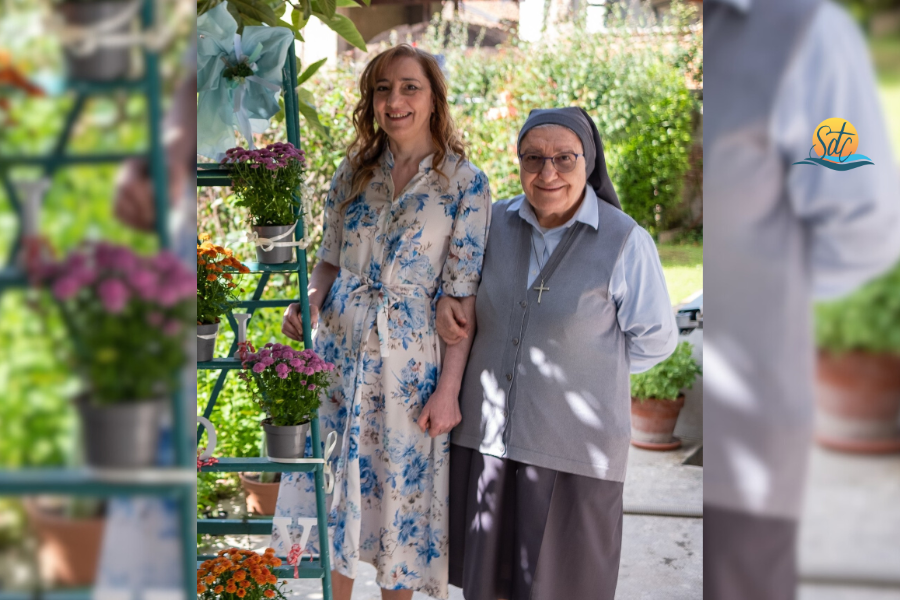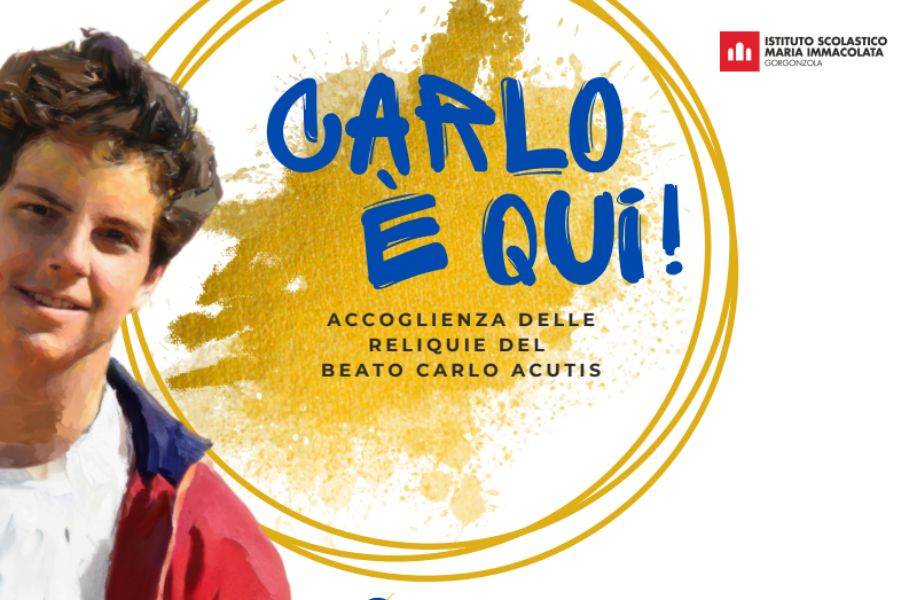In 1970, I was 4 years old and lived in Turin. My parents were originally from Solero, where we spent weekends and summer vacations with our grandparents.
One day at the end of June, my grandfather Domenico told me that he had enrolled me in the embroidery school run by the nuns at the state-recognized primary school.
I was an only child and I had never had the chance to be with many other children.
During the baby boom years in Turin it was very difficult to enrol in a nursery school, the only children I played with were a girl two years younger than me who lived on the ground floor of our apartment building and my cousin who was the same age as me but who lived in another part of Turin.

The sisters of the Congregation of St. Jeanne-Antide Thouret ran a sort of summer camp for children “before the term was even invented”. On summer afternoons, they welcomed children to their institute in Via Bruno Pasino, where they were given embroidery lessons under the guidance of a nun. After a healthy snack, the children could play in the institute’s garden, without doubt this was the most desired and appreciated moment.
For working parents it was a safe place to leave their children and for the little ones it was a peaceful place to play and interact with their peers.
I remember my first day: my mom and grandpa came with me, after ringing the bell a girl about ten years older than me named Fulvia came to open the door, she took me in her care and took me to a large room where there were many girls and a few boys, everyone was busy embroidering, even the boys were embroidering half-stitch squares.
The sister cut a square piece of cloth, drew a flower on it and taught me how to do the “grass stitch”. I had no problem learning, I was good with my hands and had a good aptitude for embroidery.
That first day was followed by many others; every time I was in Solero I went to embroider. I really enjoyed being with my peers. After snack time I liked to play in the courtyard where there was a swing and at the end of the courtyard there was a sheltered area with a chest that contained costumes and wigs. Under the guidance of the older children, we would create scripts and put on mini theatrical performances.
I remember always coming home very happy.
In the years that followed I didn’t lose the habit of embroidering, on the contrary at certain moments it became a way to relax and during my university years a way to distract myself from the mental fatigue of exams.
I later learned how useful embroidery was for children:
- you learn to hold the needle, the frame or the piece of cloth, follow the contours, make regular stitches, knot the thread, fill in the figures, developing hand-brain coordination;
- you learn to take measurements, evaluate the amount of fabric, count the stitches, a fun way to acquire mathematical knowledge;
- you learn to save and recycle: nothing is thrown away! Even the smallest piece of fabric, a piece of lace or a small hook can be useful, you become independent and able to attach a button or mend a tear in your trousers;
- You learn to organize and plan: before starting an embroidery project you have to set a goal, choose a design and then get the materials, make time and space for it. All this prepares you for school and work.
Not to mention the pride of starting and finishing a project, being able to show it to friends and acquaintances and the satisfaction of giving gifts made with your own hands.
Marina Gallia






